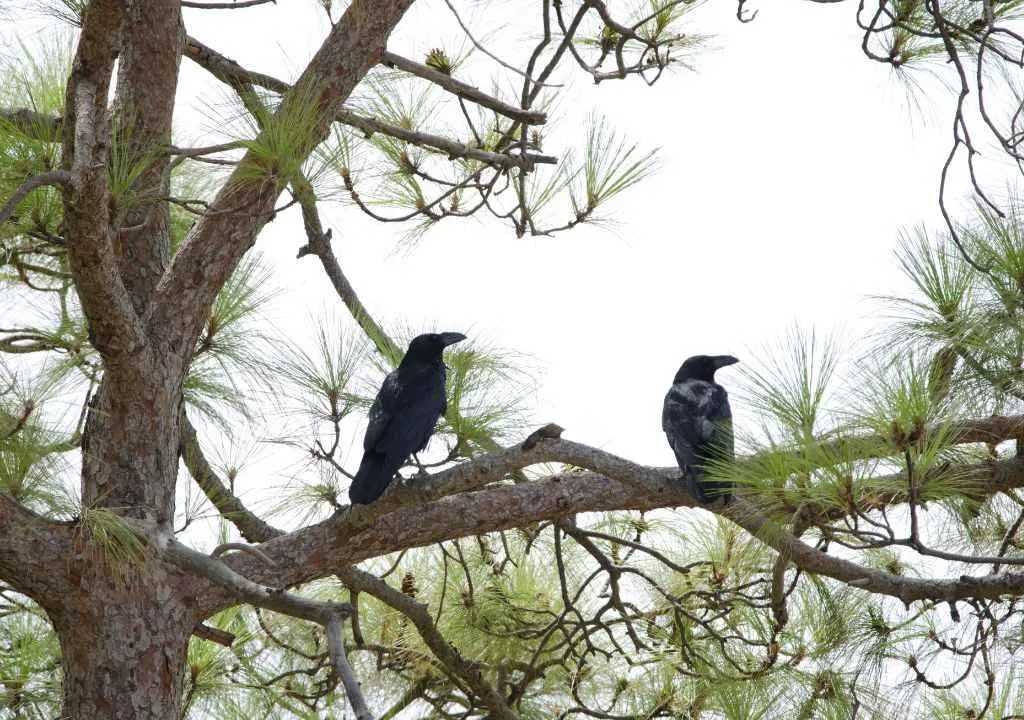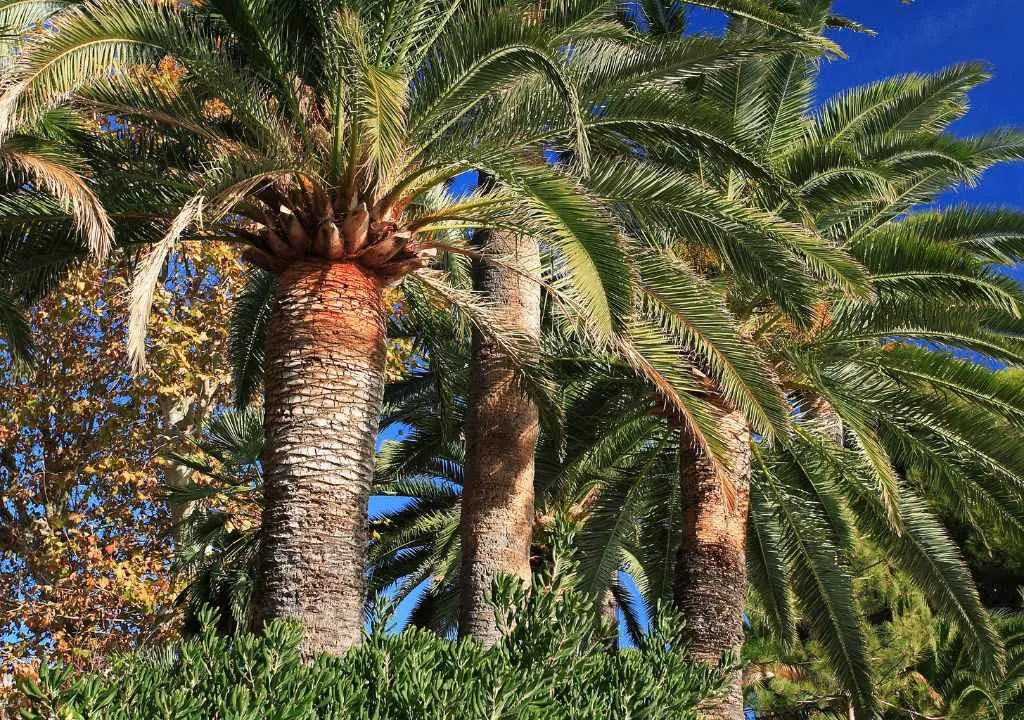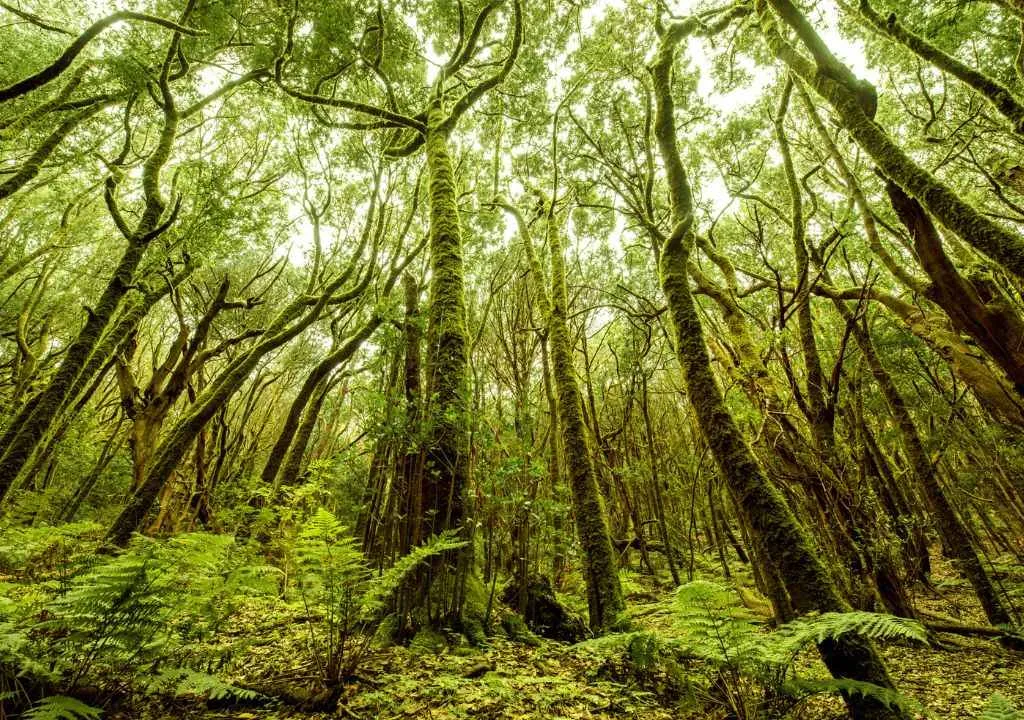Pinus canariensis, known as the Canary pine tree or Canary Island pine, is an endemic conifer of the Canary Islands (Spain). The Canary pine is considered, according to a law from the Canary Government, the natural symbol of the island of La Palma, together with the graja (a local raven).

Canary Pine: Natural Symbol of La Palma Island
The Canary Island pine is a large tree that can grow more than 40 meters tall with a trunk diameter of 2.5 meters. Typically, mature trees measure between 15 and 25 meters in height and have a diameter of 1 meter, though there are recorded cases of them reaching up to 60 meters in height.
The bark is a light brown and almost smooth in young specimens, but as they age, it thickens rapidly, becoming cracked, taking on a reddish-brown hue. It has a robust main root and other secondary roots, enabling it to thrive in all types of soils.
Almost 60% of Canary forest surface is occupied by pine forests
The Canary pine is the primary species of the pine forest found in the higher regions of the islands, ranging from 400 meters above sea level in the southern slopes to 2000 meters in the western ones. The primary pine forests are on Gran Canaria, Tenerife, La Palma, and El Hierro islands. Pine forests, including reforested areas, occupy nearly 60% of the total forested area in the Canary Islands.
One of the most striking features of the Canary pine is the shape of its leaves. These are fine and flexible green needles, arranged in groups of three, measuring between 20 and 30 cm.
Pinus Canariensis: An Example of Resilience to Fire and Volcanic Eruption
One of the most astonishing characteristics of the Canary Island pine is its fire resistance. It’s a survivor, adaptable to volcanic conditions and wildfires, and, even more remarkably, capable of regrowing despite it all. The recent eruption of the Cumbre Vieja volcano on La Palma in 2021 both confirmed and exceeded all expectations regarding this tree’s adaptability and survival prowess. Only months post-eruption, in areas near the volcano, Pinus canariensis was sprouting again.

Another notable aspect of the Canary pine is its role in soil conservation and forest ecosystem biodiversity. Its roots penetrate deeply into the soil, aiding its stabilization and preventing erosion.
Additionally, the Canary pine tree offers a crucial habitat for various animal species, including birds and insects. In essence, the Canary pine is an emblematic and foundational species in the Canary Islands’ flora, especially on La Palma island. Its fire resistance and adaptability to volcanic conditions and wildfires make it a genuine survivor. Furthermore, its wood and resin are precious natural resources, and its role in soil conservation and biodiversity is vital for maintaining forest ecosystems.
What is the Canary Island pine used for?
The Canary pine has been utilized since ancient times, particularly its wood and resin (known as ‘tea’), to construct everything from weapons and tools to boats and houses. It also served as fuel for small industries. Indigenous people used the pine needles as fill and the pine nuts as food. Historically, the peaks of the Archipelago were abundant with enormous pines, but after the conquest, many were felled due to the interest in the valuable resin.



